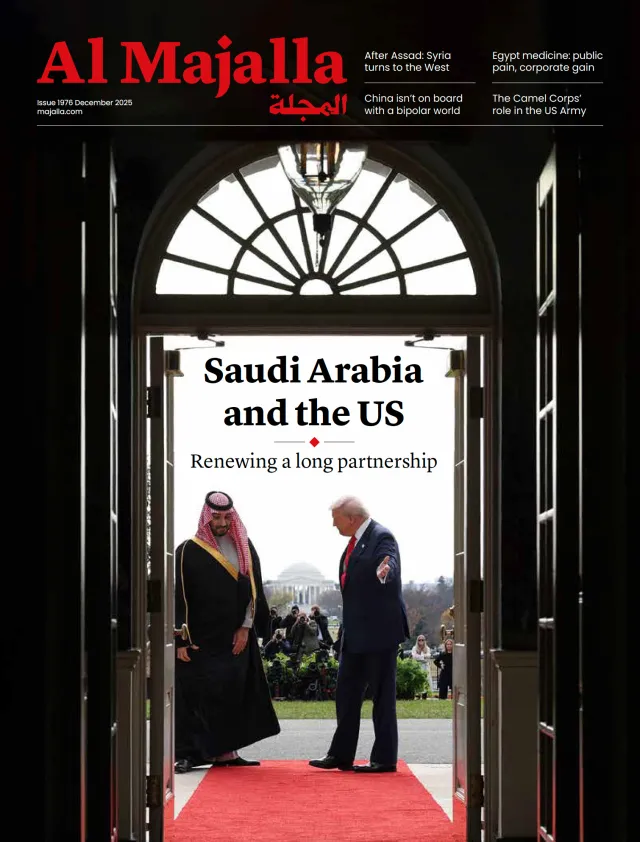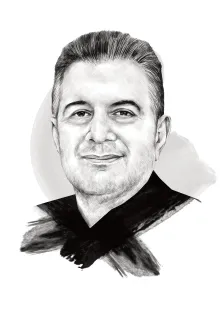The landmark meeting between US President Donald Trump and Russian President Vladimir Putin in Alaska laid bare geopolitical realities, but perhaps more importantly, geoeconomic truths.
Rosy Russia
In Russia, military spending has powered growth and created jobs, and despite three years of war, the Russian economy is experiencing a boom—albeit temporary.
Meanwhile, US-led sanctions slapped on over 24,000 Russian politicians, individuals, and entities haven’t yielded the desired results. Quite the opposite, in fact, they helped Russia become more self-reliant, with its industrial, agricultural and defence sectors significantly strengthened. They also pushed the country towards a more centralised economic model, allowing the Kremlin to tighten its grip over the state and entrench the wealth of the elite.
The sanctions also brought Russia closer to China, India, Türkiye and other Global South countries, forming key political and economic partnerships that serve as a formidable counterweight to the West.




